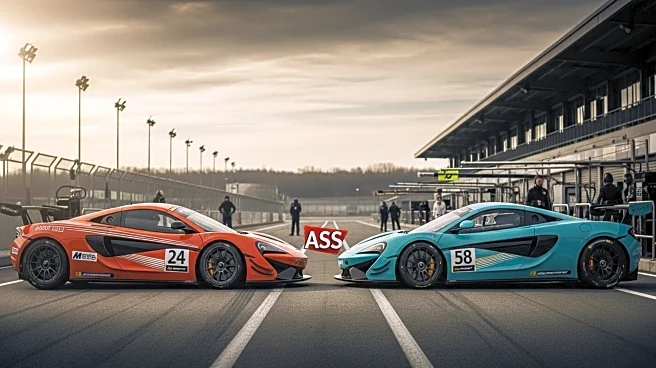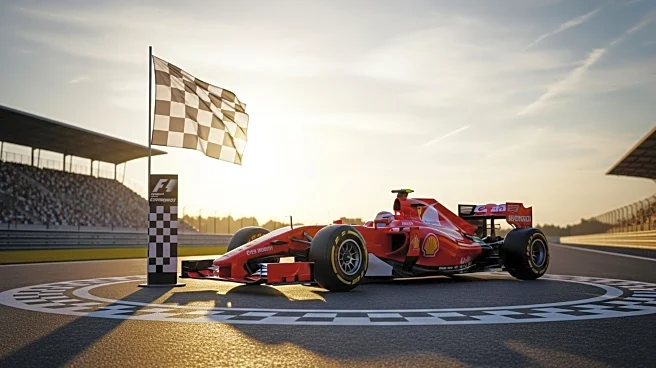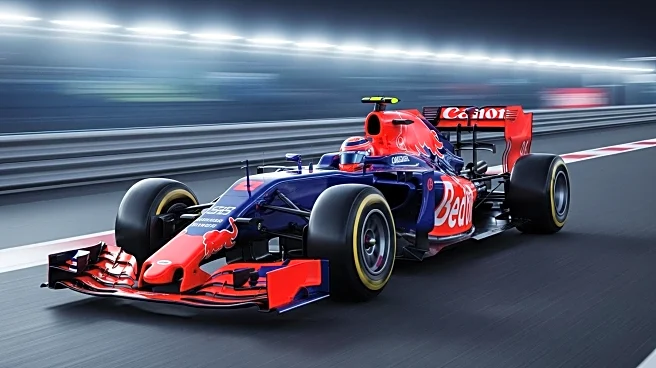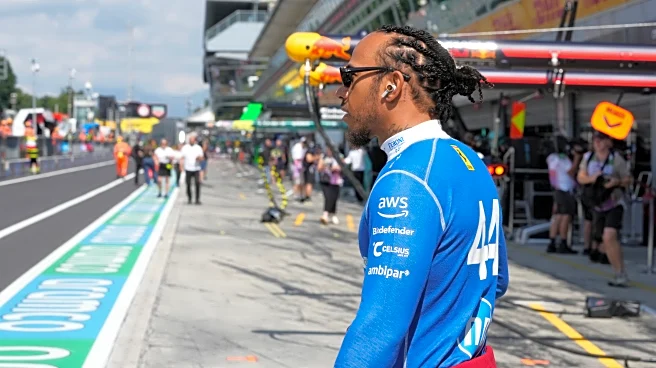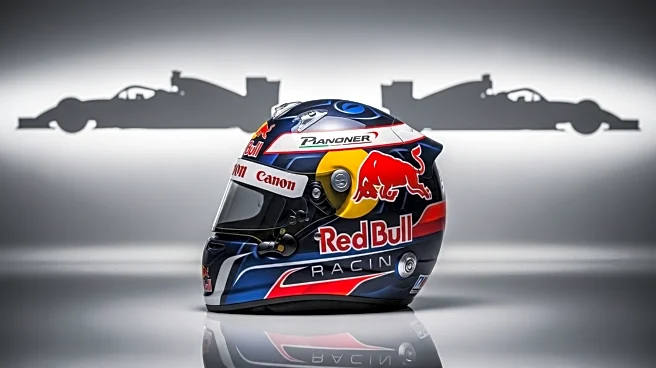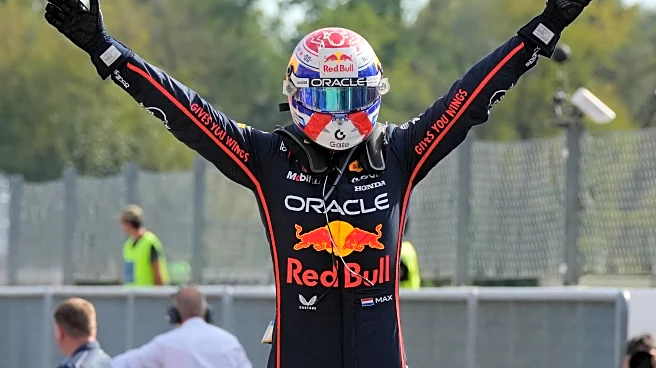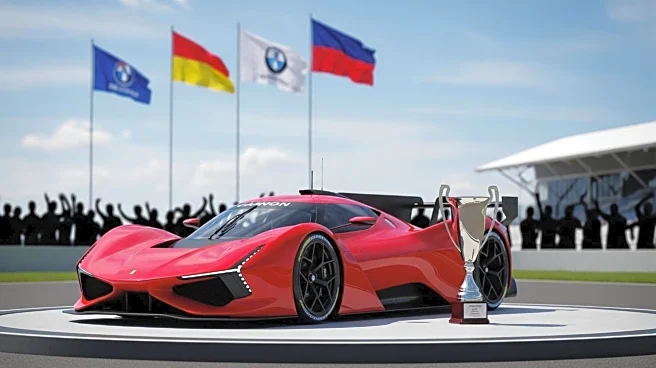What's Happening?
At the Italian Grand Prix, McLaren made a strategic decision to swap positions between drivers Oscar Piastri and Lando Norris. This move came after Norris experienced a slow pit stop, which allowed Piastri to move ahead. McLaren's decision aimed to ensure both drivers secured podium positions, particularly against Ferrari's Charles Leclerc. The swap was intended to maintain fairness and consistency with McLaren's racing principles, as Norris had been leading the race before the pit stop issue. The decision reduced Piastri's championship lead over Norris, highlighting the team's focus on maintaining harmony and fairness within its ranks.
Why It's Important?
McLaren's decision to swap positions between its drivers underscores the complexities of team strategy in Formula 1. By prioritizing fairness and consistency, McLaren aims to uphold its racing values, which could influence how other teams approach similar situations. This decision impacts the championship standings, as it narrows the points gap between Piastri and Norris. The move reflects McLaren's commitment to fostering a positive team environment, which is crucial for long-term success in the sport. As the season progresses, such strategic decisions may become more common, shaping the dynamics of team management in Formula 1.
What's Next?
Looking ahead, McLaren's approach to team orders may set a precedent for future races, particularly in managing pit stop strategies and driver positions. Both Piastri and Norris have expressed their understanding of the decision, indicating that similar situations will be handled based on race circumstances. The team will continue to navigate the championship battle, ensuring that strategic decisions align with their principles. As the competition intensifies, McLaren's ability to maintain fairness and harmony will be tested, potentially influencing the broader landscape of Formula 1.
Beyond the Headlines
The decision to swap positions raises ethical questions about the role of team orders in Formula 1. McLaren's approach reflects a broader trend in the sport, where maintaining team morale and consistency is crucial. This strategy highlights the interconnected nature of team operations, emphasizing the importance of engineering and pit crew dynamics in race outcomes. As Formula 1 evolves, such strategies may become more prevalent, shaping the future of team management and racing ethics.
